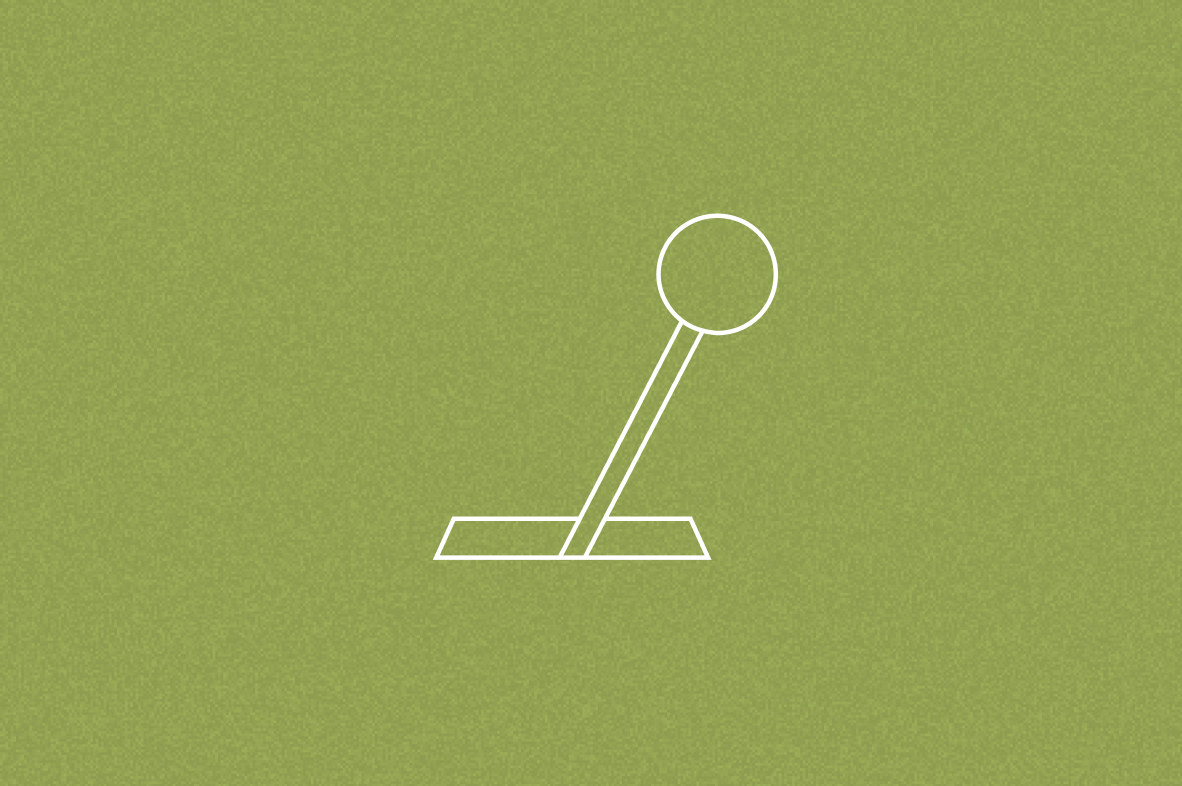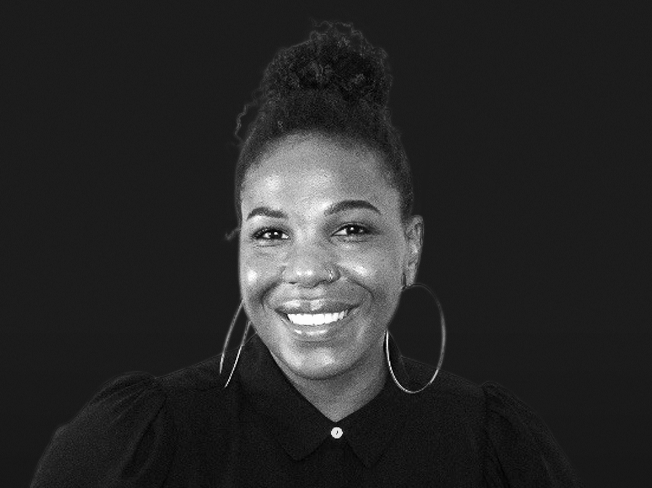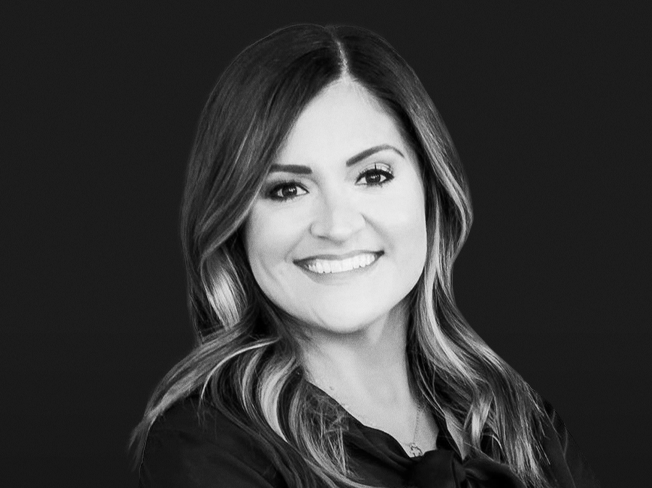Introduction to the Balance Sheet | Tory Burch Foundation
Introduction to the Balance Sheet
From the Small Business Administration
52,672 Views
5 Likes
9 min read
Link copied to clipboard
The balance sheet is a snapshot of your business financials. It includes assets, and liabilities and net worth. The “bottom line” of a balance sheet must always balance (i.e. assets = liabilities + net worth). The individual elements of a balance sheet change from day to day and reflect the activities of a business. Analyzing how the balance sheet changes over time will reveal important financial information about a business. It can help you can monitor your ability to collect revenues, manage your inventory, and assess your ability to satisfy creditors and stockholders.
Liabilities and net worth on the balance sheet represent sources of funds. Liabilities and net worth are composed of creditors and investors who have provided cash or its equivalent to your business. As a source of funds, they enable your business to continue or expand operations.
Assets represent the use of funds. A business uses cash or other funds provided by the creditor/investor to acquire assets. Assets include things of value that are owned or due to a business.
Liabilities represent obligations to creditors while net worth represents the owner’s investment in the business. Both creditors and owners are “investors” in the business with the only difference being the timeframe in which they expect repayment.
ASSETS
Anything of value that is owned or due to the business is included under the Asset section of a Balance Sheet.
CURRENT ASSETS
Current assets mature in less than one year. They are the sum of:
- Cash
- Accounts Receivable (A/R)
- Inventory
- Notes Receivable (N/R)
- Other current assets
Cash:
Cash pays bills and obligations. Inventory, receivables, land, building, machinery and equipment do not pay obligations even though they can be sold for cash and then used to pay bills. If cash is inadequate or improperly managed, a business may become insolvent or forced into bankruptcy. Cash includes all checking, money market and short-term savings accounts.
Accounts Receivable (A/R):
Accounts Receivable are dollars due from customers. More specifically, inventory is sold and shipped, an invoice is sent to the customer and cash is collected at a later time. The receivable exists for the time period between the selling of the inventory and the receipt of cash. Receivables are proportional to sales. As sales rise, the investment you must make in receivables also increases.
Inventory:
Inventory consists of the goods and materials a business purchases to resell at a profit. In the process, sales and receivables are generated. The business purchases raw material inventory that is processed (called work-in-process inventory) to be sold as finished goods inventory. For a business that sells a product, inventory is often the first use of cash. Purchasing inventory to be sold at a profit is the first step in making a profit. Selling inventory does not bring cash back into the business—it creates a receivable. Only after a time lag (equal to the receivable’s collection period) will cash return to the business. It’s important that inventory is well managed so the business does not keep too much cash tied up in inventory, as this will reduce profits.
At the same time, a business must keep sufficient inventory on hand to prevent “stock-outs” (having nothing to sell). Insufficient inventory will erode profits and may result in the loss of customers.
Notes Receivable (N/R):
Notes Receivable is a claim due to the business as a result of the business making a loan, such as a promissory note. Notes receivable is usually a claim due from one of three sources: customers, employees or officers of the business.
Other Current Assets:
Other current assets consist of prepaid expenses, other miscellaneous and current assets.
FIXED ASSETS
Fixed assets represent the use of cash to purchase physical assets whose life exceeds one year, such as:
- Land
- Building
- Machinery and equipment
- Furniture and fixtures
- Leasehold improvements
INTANGIBLES
Intangibles are assets with an undetermined life that may never mature into cash. For most analysis purposes, intangibles are ignored as assets and are deducted from net worth because their value is difficult to determine. Intangibles consist of assets such as:
- Research and development
- Patents
- Market research
- Goodwill
- Organizational expense
Intangibles are similar to prepaid expenses – the purchase of a benefit that will be expensed at a later date. Intangibles are recouped, like fixed assets, through incremental annual charges (amortization) against income. Standard accounting procedures require most intangibles to be expensed as purchased and never capitalized (include in the balance sheet). An exception to this is purchased patents that may be amortized over the life of the patent.
OTHER ASSETS
Other assets consist of miscellaneous accounts, such as deposits and long-term notes receivable from third parties. They are turned into cash when the asset is sold or when the note is repaid.
TOTAL ASSETS
Total Assets represent the sum of all the assets owned by or due to a business.
LIABILITIES AND NET WORTH
Liabilities and net worth are sources of cash listed in order of their maturity from the soonest to mature obligations (current liabilities), to obligations that are never due (net worth).
There are two sources of funds: lender-investor and owner-investor. Lender-investor funds consist of trade suppliers, employees, tax authorities and financial institutions. Owner-investor funds consist of stockholders and principals who loan cash to the business. Both lender-investors and owner-investors have invested cash or its equivalent into the business. The only difference between the investors is the maturity date of their obligations and the degree of their nervousness.
CURRENT LIABILITIES
Current liabilities are those obligations that will mature and must be paid within 12 months. These are liabilities that can create a business’s insolvency if cash is inadequate. A satisfied set of current creditors is a healthy and important source of credit for short-term uses of cash (inventory and receivables). A dissatisfied set of current creditors can threaten the survival of the business. The best way to ensure creditors will be satisfied is to keep their obligations current.
Current liabilities consist of the following obligation accounts:
- Accounts Payable (A/P)
- Accrued expenses
- Notes Payable (N/P)
- Current portion of Long-Term Debt (LTD)
Proper matching of sources and uses of funds requires that short-term (current) liabilities must be used only to purchase short-term assets (inventory and receivables).
Accounts Payable (A/P):
Accounts payable are obligations due to trade suppliers who have provided inventory, goods or services used in operating the business. Suppliers generally offer terms (just like you do for your customers), since the suppliers’ competition offers payment terms. Whenever possible, you should take advantage of payment terms because this will keep your costs down. If the business is paying its suppliers in a timely fashion, days payable will not exceed the terms of payment.
Accrued Expenses:
Accrued expenses are obligations owed, but not billed such as wages and payroll taxes, or obligations accruing. These expenses can also be paid over a period of time such as interest on a loan.
Accruals include wages, payroll taxes, interest payable and employee benefits accruals such as pension funds. As a labor-related category, it should vary in accordance with payroll policy. For example, if wages are paid weekly, the accrual category should seldom exceed one week’s payroll and payroll taxes.
Notes Payable (N/P):
Notes payable are obligations in the form of promissory notes with short-term maturity dates of less than 12 months. Often, they are payable upon demand. Other times they have specific maturity dates (30, 60, 90, 180, 270, 360 days maturities are typical). Notes payable include only the principal amount of the debt. Any interest owed is listed under accruals.
The proceeds of notes payable should be used to finance current assets (inventory and receivables). The use of funds must be short-term so that the asset matures into cash prior to the obligation’s maturation. Proper matching would indicate borrowing for seasonal swings in sales, which cause shifts in inventory and receivables, or to repay accounts payable when attractive discount terms are offered for early payment.
NON-CURRENT LIABILITIES
Non-current liabilities are those obligations that will be payable in the following year. There are three types of non-current liabilities, only two of which are listed on the balance sheet:
- Non-current portion of Long-Term Debt (LTD)
- Notes Payable to Officers, Shareholders, or Owners
- Contingent Liabilities (not on the balance sheet)
Non-current portion of long-term debt is the principal portion of a term loan not payable in the coming year. Subordinated officer loans are treated as an item that lies between debt and equity. Contingent liabilities listed in the footnotes are potential liabilities, which hopefully never become due.
Non-current Portion of Long-Term Debt (LTD):
Non-Current portion of LTD is the portion of a term loan that is not due within the next 12 months. It is listed below the current liability section to demonstrate that the loan does not have to be fully liquidated in the coming year. LTD provides cash to be used for a long-term asset purchase, either permanent working capital or fixed assets.
Notes Payable to Officers, Shareholder or Owners:
Notes payable to officers, shareholders or owners represent cash that the shareholders or owners have put into the business. For tax reasons, owners may increase their equity investment beyond the initial business capitalization by making loans to the business rather than purchasing additional stock. Any return on investment to the owners can therefore be paid as tax-deductible interest expense rather than as non-tax-deductible dividends.
When a business borrows from a financial institution, it is common for the officer loans to be subordinated or put on standby. The subordination agreement prohibits the officer from collecting his or her loan prior to the repayment of the institution’s loan. When on standby, the loan will be considered as equity by the financial institution. Notes receivable officer are considered a bad sign to lenders, while notes payable officer are considered to be reassuring.
Contingent Liabilities:
Contingent Liabilities are potential liabilities that are not listed on the balance sheet. They are listed in the footnotes because they may never become due and payable. Contingent liabilities include lawsuits, warranties and cross Guarantees.
If the business has been sued, but the litigation has not been initiated, there is no way of knowing whether or not the suit will result in a liability to the business. It will be listed in the footnotes because, while not a real liability, it does represent a potential liability which may impair the ability of the business to meet future obligations. Alternatively, if the business guarantees a loan made by a third party to an affiliate, the liability is contingent because it will never become due as long as the affiliate remains healthy and meets its obligations.
Total Liabilities:
Total liabilities represent the sum of all monetary obligations of a business and claims creditors have on its assets.
EQUITY
Equity is represented by total assets minus total liabilities. Equity or Net Worth is the most patient and last to mature source of funds. It represents the owners’ share in the financing of all the assets.
Help an entrepreneur by upvoting




